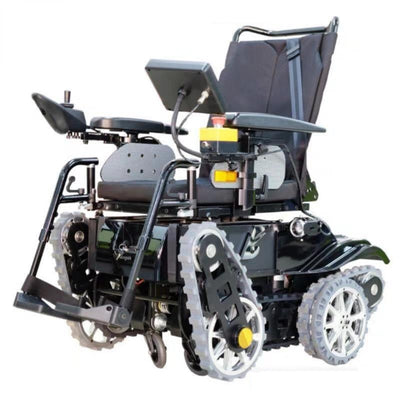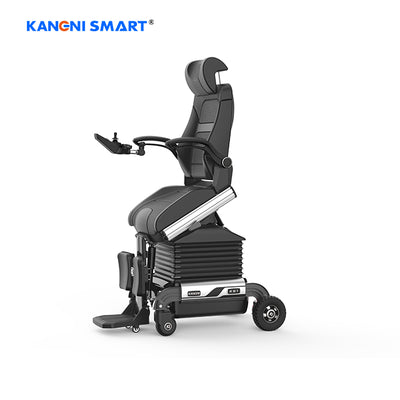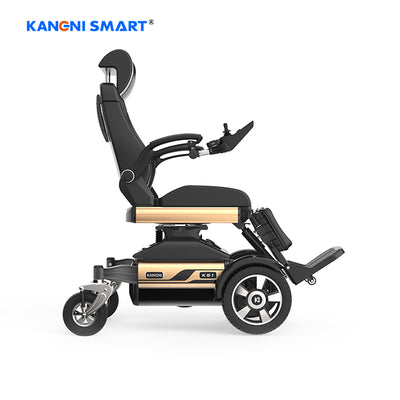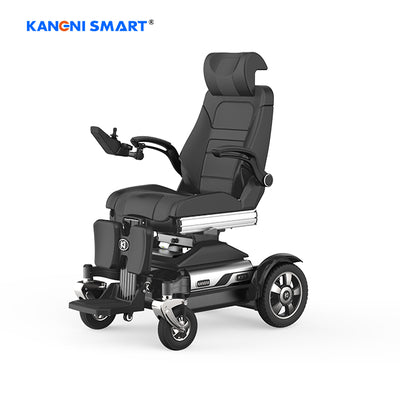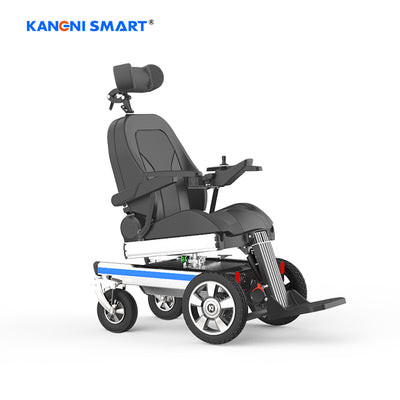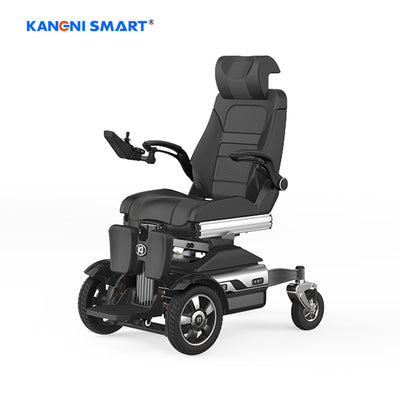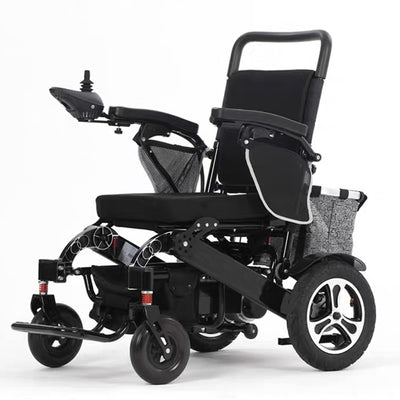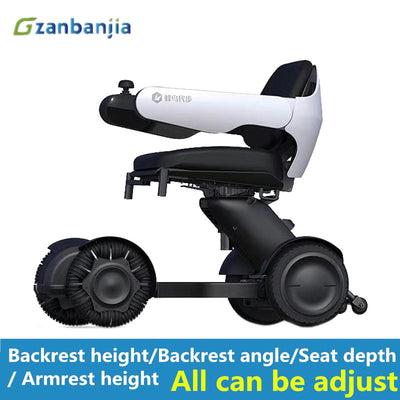Tilt in Space V.S Recline: New Trends in an Old Debate
Posted by Tom Lee on
There has always been a controversy between tilt in space and recline positioning of a wheelchair. As a new theory, analysts, and products are available on the market, the field of positioning has also widened. Nowadays, we find evidence of a trend regarding more tilt-in-space system recommendations compared to recline system recommendations. However, we often feel puzzled while choosing between them. Some of us do not even know the core differences between them. Choosing depends wholly on the patient’s personal comfort, age, and living situation. None of them is superior or inferior comparing to another.
Tilt Systems
Typically, a tilt system changes the positioning. It allocates the total pressure from one area to another, for example – the buttocks and posterior and the posterior trunk and head. Thus, it is capable of maintaining the appropriate physical angle at the hips, knees, and ankles.
Why People Go For Tilt Systems?
- To redistribute the pressure in such as a way that it reduces the risk of pressure sores increases sitting tolerance and comfortability.
- If you maintain a certain physical angle, it can hamper the muscle tone. Besides, if you escalate the seat-to-back angle, it can cause the extraction of extensor tone.
- Making changes in the physical angles can harm a user’s posture that becomes difficult for him to regain by a recline mechanism. Sometimes, someone else has to remove the user and reposition him after reclining.
- It does not matter what the user-manual say, there is no significant impact of the recline systems. The fact is every reclining system causes friction or pulls the tissues, in particular on the posterior trunk. It is especially significant in an intimate seating system e.g. molded seat. The components tend to move from their position during the reclining operation. You may have experienced falling off your head from the dentist chair when it reclines. It happens for the same reason as mentioned.
- To position the devices like a communication device, computer, or access switches in place. It can also include the powered wheelchair access method.
- The one-piece systems cannot withstand a change in the seat-to-back angle.
Tilt and Recline Systems: The Similarities
We should find out the similarities between tilt and recline systems before investigating the recline systems. Both of the systems work efficiently to provide pressure relief, smooth blood flow, increased control of head and trunk, greater setting for function and access, easy transfer, peaceful sleep, and rest, increased vestibular stimulation, improved feeding, respiratory function, and visual field, and decrease the fluctuations in muscle tone. It also regulates the blood flow and keeps the patient safe.
In case the user shows abnormal reflexes in a more supine posture (i.e. tonic labyrinthine), neither the tilt nor recline system will be applicable for him. The reason behind this problem is that it can be drawn out whatever the hip position is. If the user drives his wheelchair without using an access method behind his head like – ASL Electronic Head Array, Adaptive Switch Laboratories, Spicewood, TX, etc.). In that case, the must leave it before tilting or reclining back. It is necessary to ensure that he is resting his head somewhere.
You can remove this feature by switching modes with your electronic wheelchair. You can also fume off the power to the access method without turning off the power to a power tilt or recline system. The vent tray should not “run into” the vent while the shift weight cycle is running. If the vent needs to remain in the vertical direction, it is necessary to use a unique pendulum type mount to be attached to the back of the wheelchair.
Now, both the tilt and recline systems are found in manual and powered version except for some wheelchair models. You can also get a combination of tilt and recline system if necessary. They are costlier than the single systems though they do not always offer a full 1809 recline. If the user requires a fixed recline for his hip flexor contractures or kyphosis, he can adjust the back canes without using the combined tilt and recline system.
Recline Systems
The reclining system offers changes in the positioning by opening the seat-to-back angle. It combines with the process of elevating leg rests, and opening the knee angle. In recline systems, the opening of seat-to-back angle causes a declined sheer back that move down with the opening. The armrests slide back when the seat-to-back angle opens. It protects the arms from slipping.
Why People Go For Recline Systems?
- To allocate pressure for reducing pressure bruises, increasing comfortability or the sitting tolerance.
- For engaging in a passive motion range on the knees and hips.
- When there is no necessity of a contoured seat.
- When someone needs a tray for eating or working and wants to change his position regularly maintaining the actual setup.
- Sometimes, a wheelchair in a fully reclined position is the most suitable for transfers.
- Most of the adults prefer recline system because they are more welcoming in a social or working setting.
- Adjusting the leg rests may help you with edema control and more blood circulation in the lower extremities.
Summary
As both recline and tilt system has some benefits, users are using both of them depending on their comfort and requirements. Both of these systems have some limitations as well. Tilt system works great for the users with aggressive seating needs, orthopedic limitations, and high tone. On the other hand, reclines system is best suited for the users who have enough motion range and gets benefit from a passive stretch. Patients with high-pressure risk need to recline away from their working space without endangering the items on a tray slipping or leg bags leaking. The debate between tilt system and recline system will not end as quickly as it is a relative factor of condition and age along with some clinical bias.
- Tags: Electric Wheelchair

